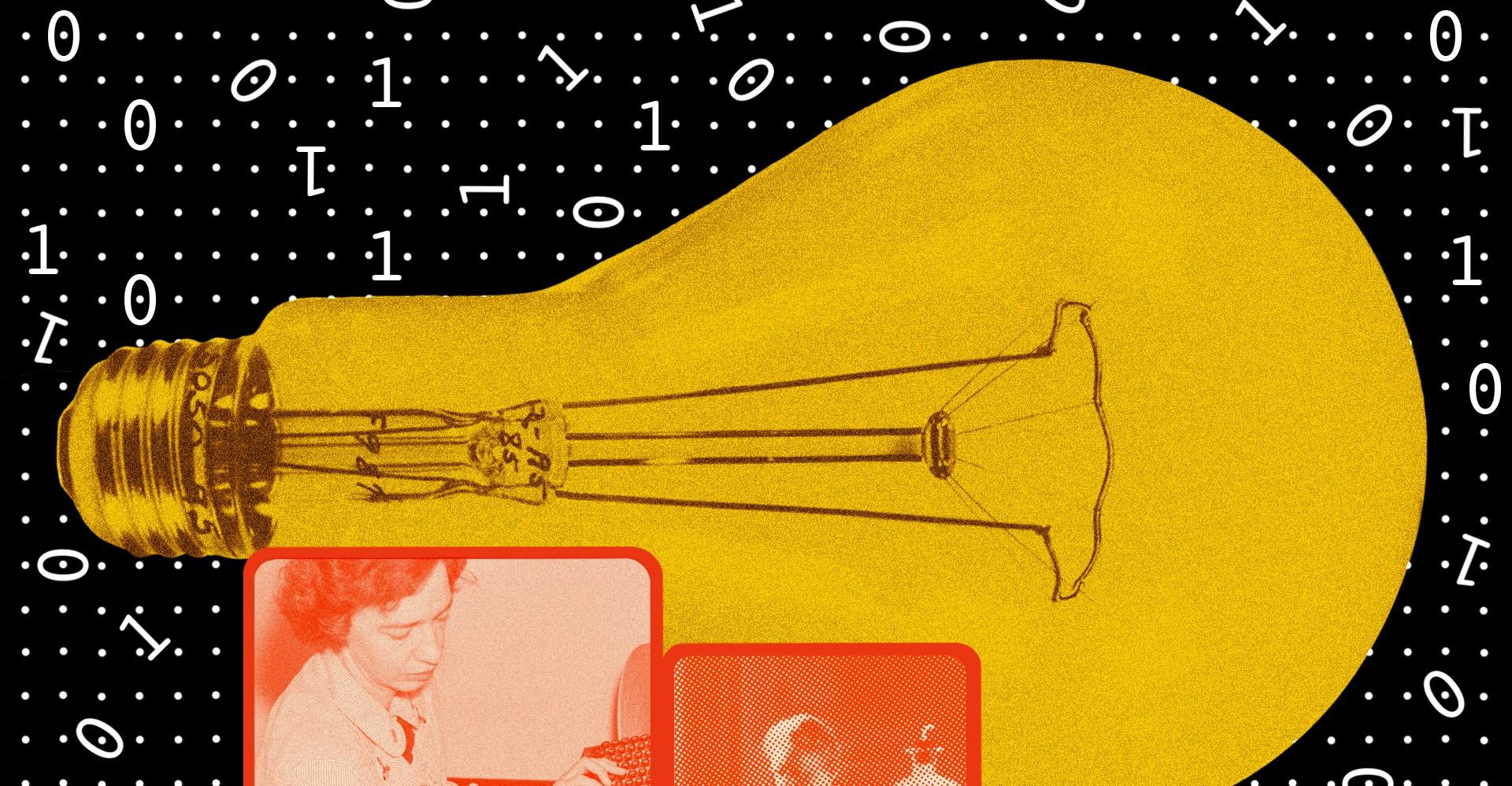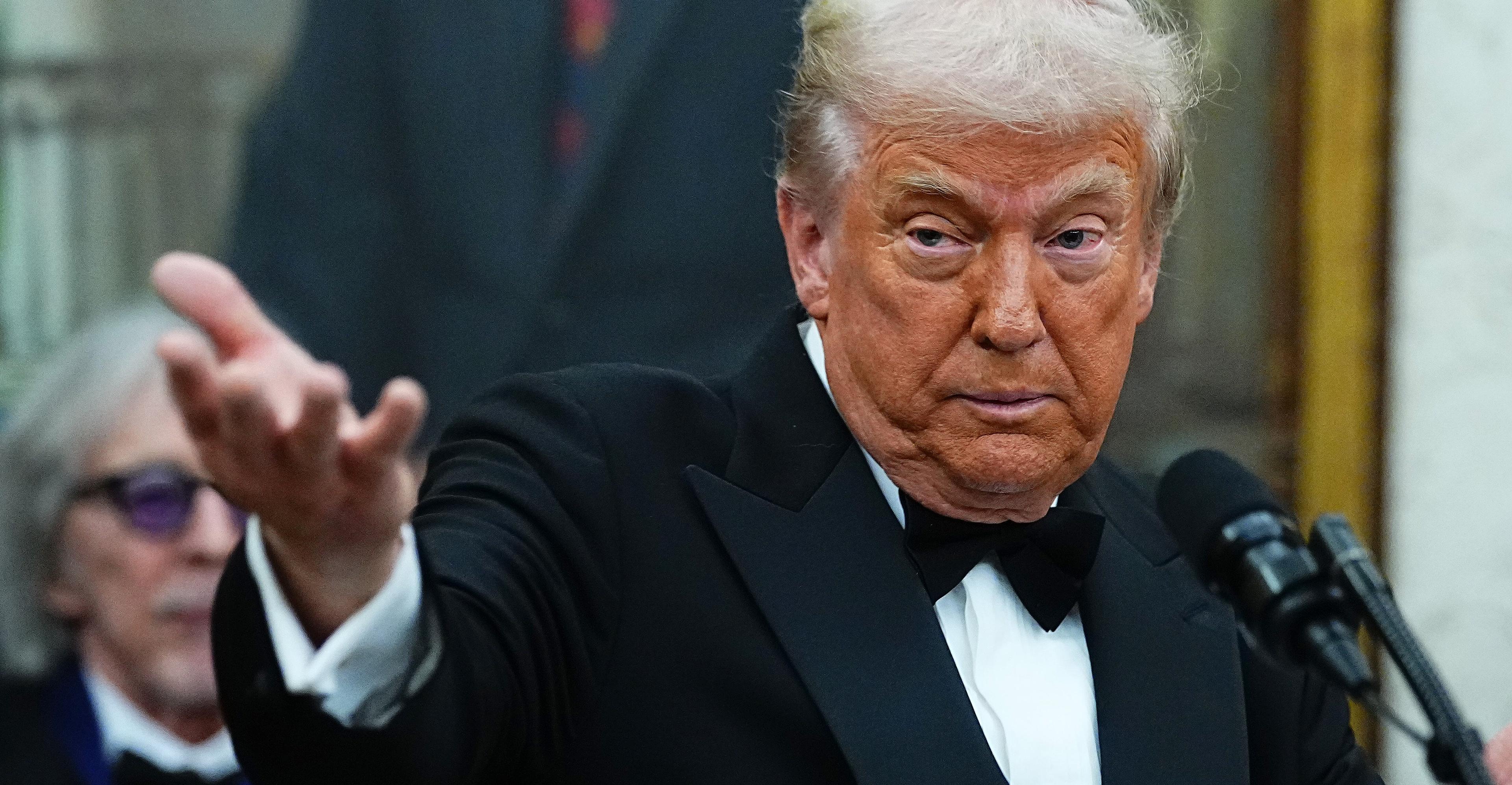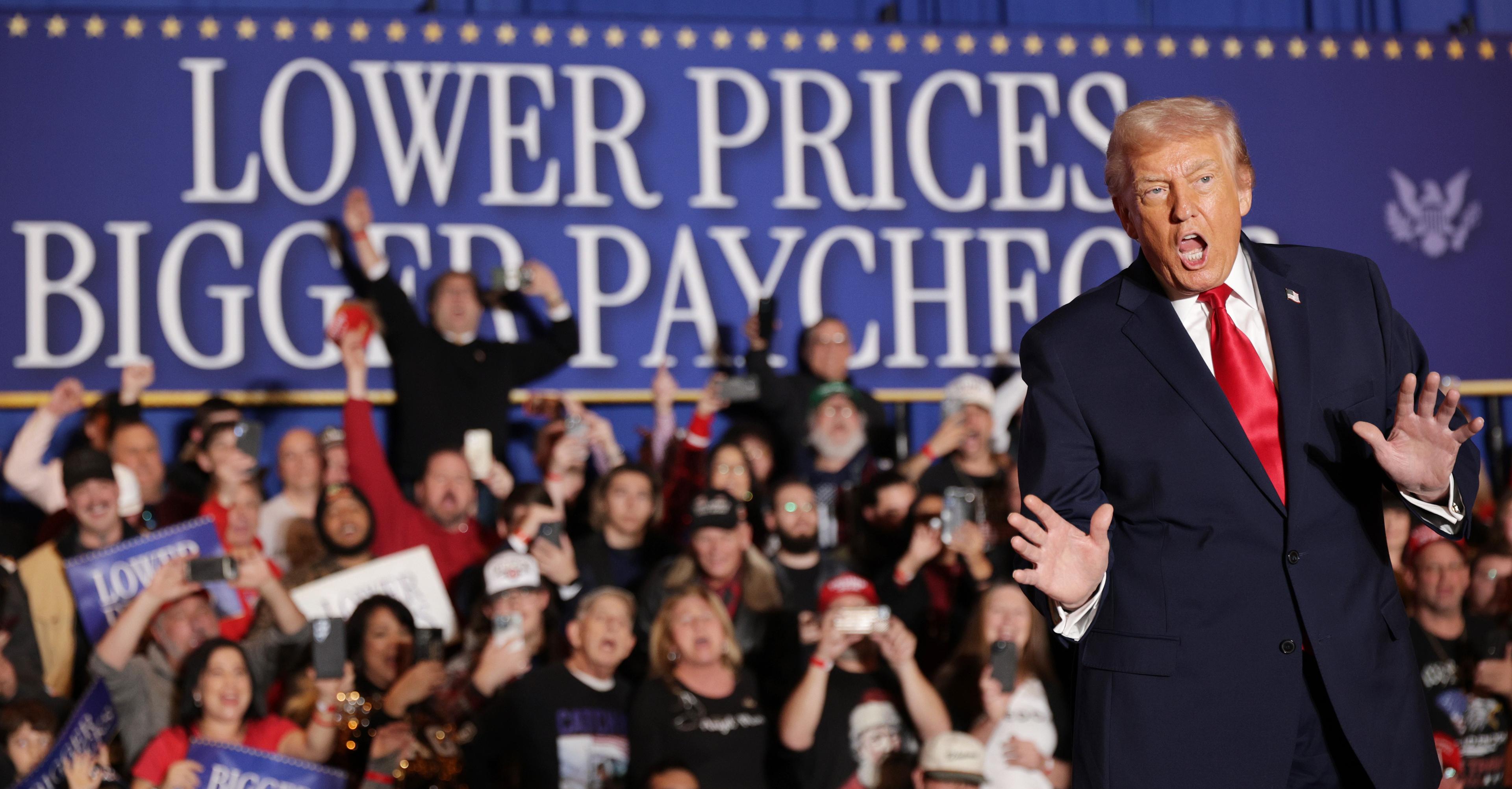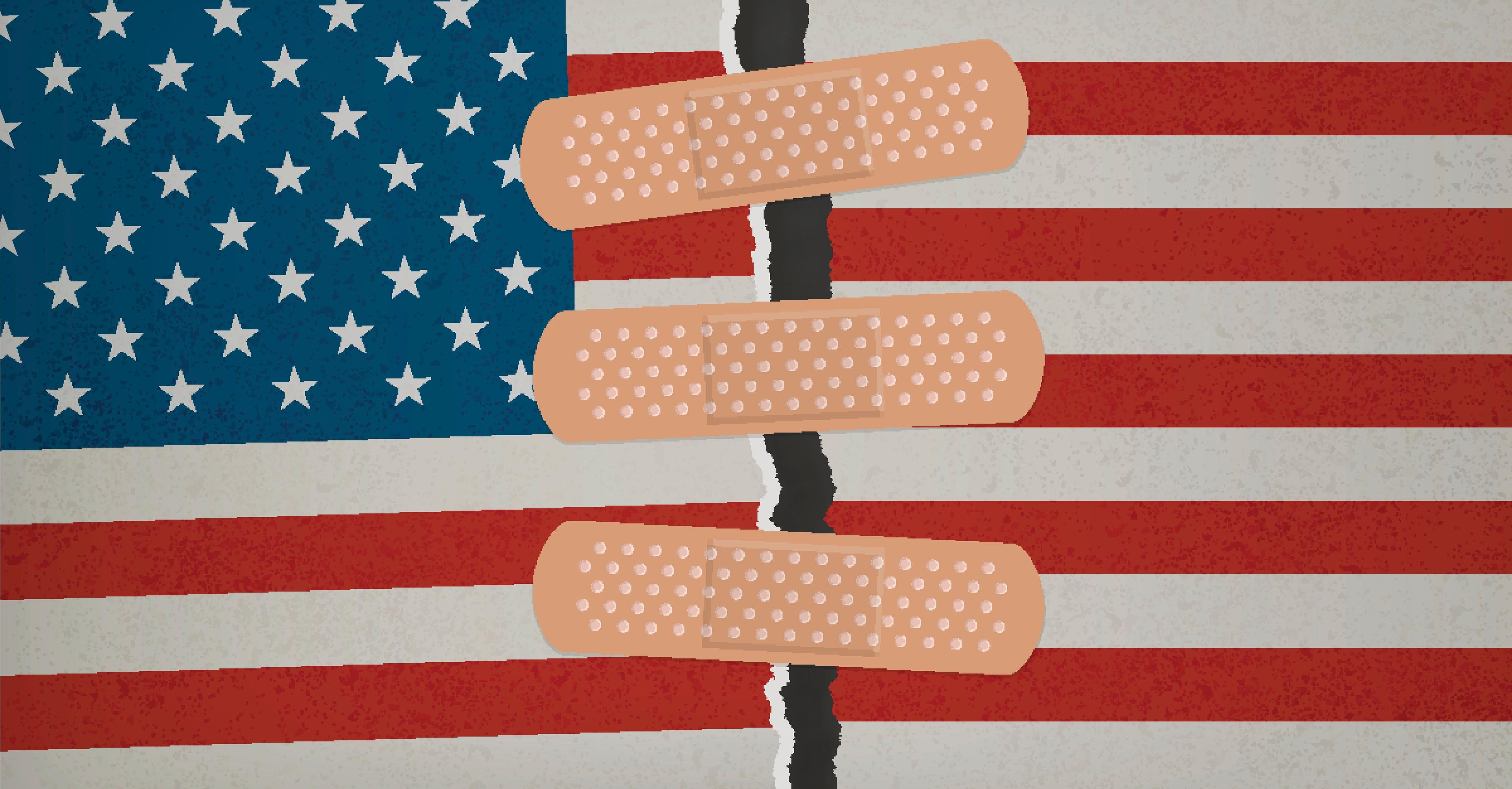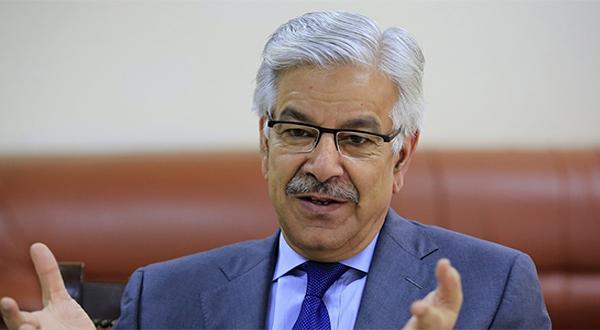Americans’ pandemic savings are dwindling. That’s not necessarily a bad thing.
Savings won’t save the economy for much longer, but higher wages might.


A few years ago, Americans saved a lot of money at an unprecedented speed.
When the pandemic hit, household spending plummeted as people stayed home and businesses temporarily shut down. At the same time, many of those households saw a dramatic increase in income because of massive federal government spending: higher unemployment payments, universal stimulus checks, and expanded child tax credits. As a result, Americans accumulated trillions of dollars more than they were on track to save before the pandemic changed everything.
But that didn’t last long. As Covid-era restrictions eased and government assistance programs dried up, Americans also started facing a staggering rise in prices. That prompted the Federal Reserve to raise interest rates in an attempt to cool the economy, and fears of a recession started to set in. But contrary to what many economists predicted, Americans were undeterred by those headwinds: Month after month, they kept spending money — a lot of it.
Since then, there has been a lot of good news about the economy in the United States: It’s growing at a faster rate than in other wealthy countries, the labor market is staying stubbornly strong, and inflation is well below its peak. Yet despite those encouraging stats — which have led many economists to walk back their grim predictions of a recession — there have been many headlines over the past year suggesting that it’s all a mirage.
One of the latest arguments that things aren’t as good as they seem is that Americans appear to be running out of the money they saved during the pandemic. According to one estimate by the Fed, households in the bottom half of the income distribution each saved, on average, about $5,500 — money that helped families keep up with inflation. A report from the Federal Reserve Bank of San Francisco found that the extra cash households accumulated during the pandemic has likely declined from a peak of $2.1 trillion to $430 billion.
That sounds like bad news. But the shrinking pool of money might not be the warning sign that some financial analysts are making it out to be. It might be the exact opposite: evidence that the economy is becoming more stable.
Paving the way to a “soft landing”
There was a time when inflation was so high that many economists argued it would only come down fast enough if the Fed deliberately crashed the economy. Optimistic analysts, though, kept arguing that the economic turbulence could end with a so-called “soft landing” — a return to normal without a recession. Now, it seems that outcome is more likely, and a big reason why is that consumer spending remained strong, even if it slowed down in recent months.
One of the go-to explanations for why consumers kept defying expectations is that they had excess savings from the pandemic to turn to. So even as prices kept creeping up, Americans were able to afford them even though their wages weren’t rising as quickly. “Clearly it provided a lot of cushion to people,” said Dean Baker, a senior economist at the Center for Economic Policy Research. He added a major caveat: The dwindling savings rate that many analysts are focusing on probably doesn’t tell us much, if anything at all, about where we’re headed. “I don’t think that’s really a very useful measure.”
It turns out that while Americans have undoubtedly spent a good amount of the extra money they accumulated during the pandemic, there’s no consensus on how much excess savings people actually have today; calculations have been comically varied, ranging from $321 billion to about $2 trillion.
How are we supposed to glean any insight from that? As two economists at the Boston Fed put it, “The fact that there is a gap of more than $1.5 trillion between the savings estimates for the current period highlights the significant uncertainty about the extent to which households’ reliance on excess savings will continue to cushion the economy.”
There’s no question that these savings have helped keep households afloat. But the reality is that many households have likely depleted their pandemic cash already, and the majority of excess savings that do remain are concentrated among the country’s wealthiest. While consumer spending has slowed, people have generally still managed to keep up despite the fact that, according to one Fed survey, the bottom 80 percent of households have no more pandemic savings left to spend.
So excess savings certainly helped pave the way for a soft landing, but there’s another reason Americans have more or less been able to weather high inflation — one that suggests the fears of shrinking savings are overblown: higher wages.
Wages, not savings, will stick the landing
Strong labor market reports have tended to upset Wall Street, in part because investors worry that good news for workers is bad news for inflation. But part of the reason a recession has so far been averted is that consumers have been able to shoulder higher prices because of higher wages. And while that has caused some anxiety about a wage-price spiral — a vicious cycle where higher prices lead to higher wages, which in turn lead to even higher prices — that hasn’t borne out.
According to a report from Moody’s Analytics, pandemic savings didn’t quickly vanish because households benefited from serious wage growth: Average pay increases peaked at 6.4 percent for people overall and rose as high as 7.5 percent among the lowest-wage workers. That potentially allowed them, in some cases, to keep up with inflation without needing to resort to their excess savings. Even more promising is the fact that, in the post-pandemic economy, the wage growth for the bottom half of earners outpaced the wage growth for the top half at a faster rate than any time since at least the 1990s.
That’s why the economy seems more stable: With each passing jobs report that shows labor participation growing along with wages, excess savings become less and less relevant when it comes to consumer spending, in part because at some point, those savings will no longer be considered “excess,” even if they still exist.
“I think the drawdown in excess saving is going to continue to moderate and at some point come to an end, and that excess saving will ultimately turn into wealth,” said Mark Zandi, the chief economist at Moody’s Analytics. People will invest that extra money they saved in the pandemic, in other words, and it won’t be available for spending. “If you look at the drawdowns they are starting to moderate ... that would be consistent with stronger real wages.”
That doesn’t mean everything is rosy. On the contrary, some trends bear watching as potential warning signs. Credit card debt is growing, for example, especially among lower-income families. And the number of people missing credit card payments is on the rise. Other sources of debt, like student loans, are only piling more financial pressure on people. “This highlights that there’s a lot of stress out there,” Zandi said, but “I don’t think this is a macroeconomic threat at this point.”
The bottom line is that it’s too early to tell whether any of these trends will spiral out of control and spell doom for the economy. And as Zandi pointed out on X, there are some signs that they’re moderating: People’s borrowing habits, for example, have already slowed down along with inflation.
Many other aspects of the economy are undeniably good. Workplace satisfaction, for example, is “through the roof,” as Baker put it, and American workers feel better about their jobs than ever before. “Everything negative about the economy has been emphasized again and again and again,” Baker said, while “there are a lot of things you can point to in the economy that, to my mind at least, look really positive and they’ve barely been noticed.”
At the end of the day, while trends like credit card debt growth can be worrying, they also don’t look too different from what they looked like before the pandemic — back when the US economy was experiencing its longest expansion in history. The only difference now is that workers are getting much better wages. Ultimately, that’s a far more desirable recipe for financial stability than a one-time savings surge.
Under-19 Asia Cup: India beat Pakistan by 90 runs
- 17 hours ago

How do you know if you’re wasting your life?
- 9 hours ago
Diaz picked Dodgers because 'I'm looking to win'
- a day ago
Bondi Beach shooting: Australia hails ‘hero’ Ahmed who stopped gunman
- 17 hours ago
Source: Gray, Nats reach deal to avoid arbitration
- a day ago

Pakistan condemns attack on UNISFA in Kadugli, Sudan
- 17 hours ago
NHL board of governors eager to see more 'color vs. color' jersey matchups
- a day ago
Australian PM declares Sydney shooting a ‘terrorist’ attack targeting Jews
- 16 hours ago
Jays president Shapiro given new 5-year deal
- a day ago
Security forces kill 13 Khwarij in two separate engagements in KP: ISPR
- 17 hours ago
Sources: Rangers address needs with 3 signings
- a day ago
Pakistan aims to become model in digital assets regulation: Bilal saqib
- 17 hours ago

